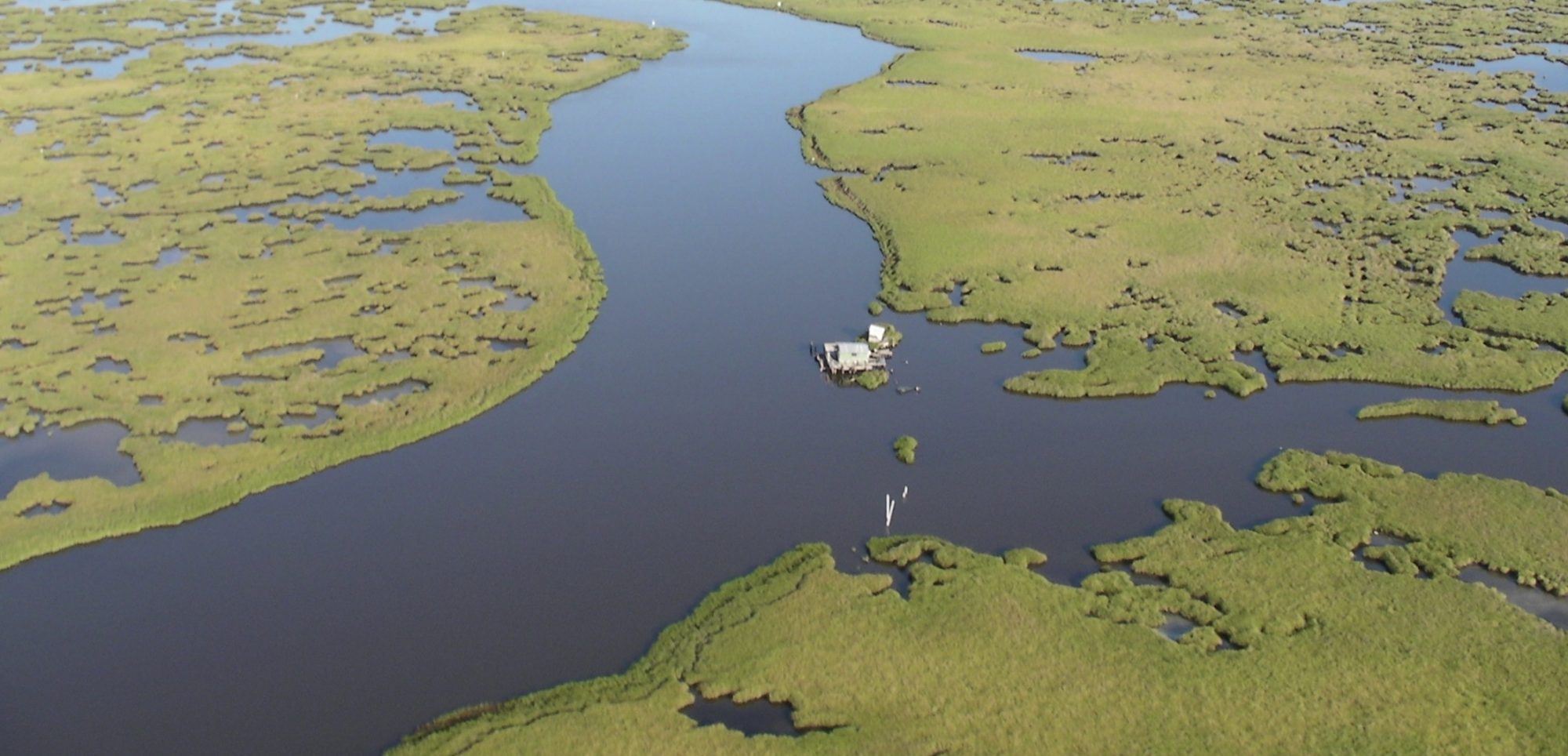
Ph.D. Candidate, University of Rhode Island
Field Travel Grant Type 1
Nitrogen-fixation and denitrification in Narragansett Bay marshes
“One of the prominent environmental issues in coastal zones is the negative impact of human-derived nutrients that are excessively loaded into water bodies. Salt marshes are susceptible to impacts by nutrient pollution such as alterations to their physical structure, plant species composition, and food webs. However, marshes also have the capability to process nutrients, and can therefore interact with nutrient pollution. Nitrogen is the nutrient of particular importance in marine ecosystems, and many past studies have examined the flow of nitrogen through coastal ecosystems. The exchange of nitrogen between salt marshes and the atmosphere (with the potential to add and remove nitrogen) has been less well-studied, but is vital in order to understand the relationship between marshes and nutrient pollution. Two processes that dominate this exchange of nitrogen are nitrogen (N)-fixation and denitrification. N-fixation, carried out by some plankton and microbes, is the conversion of atmospheric nitrogen gas to a fertilizer form, whereas denitrification is essentially the opposite process. Narragansett Bay, Rhode Island has a long-history of nutrient pollution and has received substantial scientific and management attention in recent decades. Nitrogen mainly enters Narragansett Bay at the head where many rivers carrying nutrients flow into the estuary, and where a large human population resides in the Providence metro-area. This has resulted in an established north-south gradient of nutrient pollution, providing an excellent opportunity to compare sites of varying pollution status within the Bay. To date there has been some effort to examine the responses of nitrogen cycling to nutrient pollution in Narragansett Bay salt marshes, with results widely varying. Studies in other systems have also found widely varying trends. These inconsistencies could be due to the high variability within and among marshes, or as a result of methodological differences between studies. My dissertation research is intended to contribute to clarifying these trends, and to make the first measurements of N-fixation and direct denitrification in Narragansett Bay marshes.“
